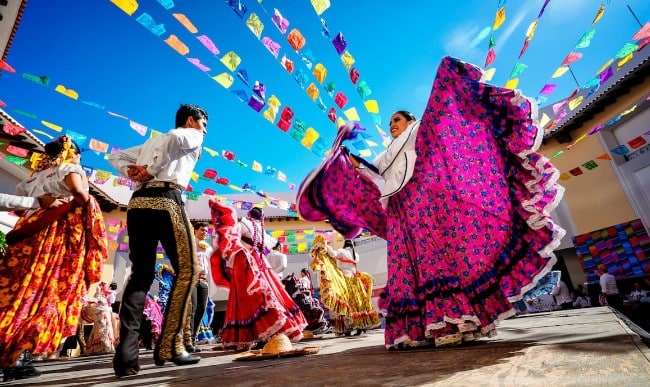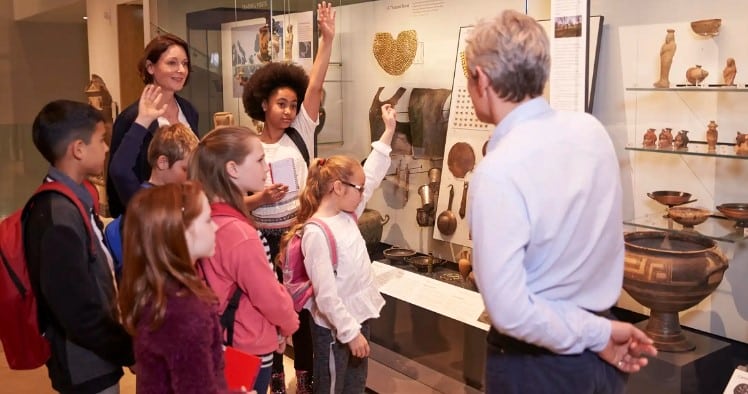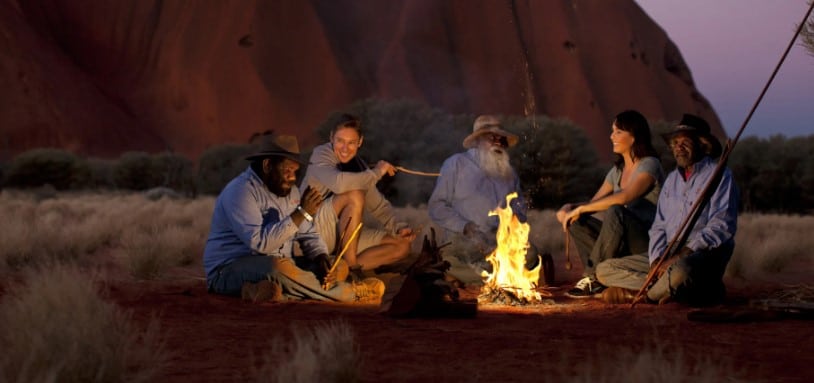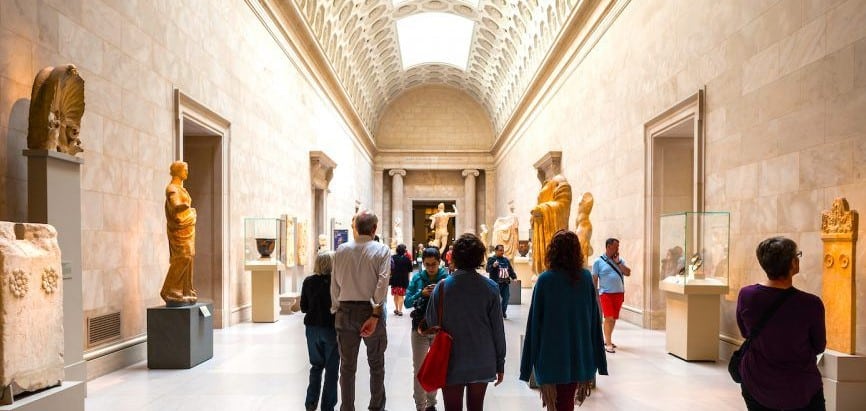Mexico is a country renowned for its vibrant culture, rich history, and colorful traditions. One of the best ways to experience this cultural richness is by attending the many cultural festivals held throughout the year.
These festivals offer a unique opportunity to immerse yourself in the traditions, music, dance, and cuisine that define Mexican heritage.
In this site Globetraveo, we will explore the best cultural festivals in Mexico, provide detailed information about these events, and offer practical tips on how to plan your visit.
Why Attend Cultural Festivals in Mexico?
Mexico is a country steeped in rich history and vibrant traditions, making its cultural festivals an unmissable experience for any traveler.
These festivals, such as Día de los Muertos and Guelaguetza, offer a deep dive into the country’s indigenous and colonial heritage, where music, dance, and culinary delights take center stage.
Attending these events not only provides an authentic glimpse into Mexico’s past but also fosters a deeper connection with its people, making your travel experience truly unforgettable.
Attending cultural festivals in Mexico is not just about enjoying a celebration; it’s about experiencing the heart and soul of the country.
These festivals showcase Mexico’s diverse cultural heritage, from indigenous traditions to Spanish influences.
By participating in these events, you can gain a deeper understanding of Mexican history, meet locals, and enjoy authentic cultural experiences.
Experiencing Authentic Mexican Culture
Mexico’s cultural festivals offer a window into the country’s rich history and traditions. From the vibrant celebrations of Día de los Muertos to the indigenous rituals of the Guelaguetza, these festivals are steeped in centuries-old customs that have been passed down through generations.
Attending these events allows you to witness firsthand the unique blend of indigenous and Spanish influences that make up Mexico’s cultural tapestry.
In addition to festivals, exploring local markets, known as mercados, is another way to immerse yourself in authentic Mexican culture.
These bustling markets are filled with handmade crafts, traditional foods, and vibrant textiles that reflect the diverse regional identities of Mexico.
Engaging with local artisans and sampling street food like tacos al pastor or tamales further deepens your connection to the country’s rich cultural heritage.
Connecting with Local Communities
One of the most rewarding aspects of attending cultural festivals in Mexico is the opportunity to connect with local communities. These festivals are often deeply rooted in the traditions and beliefs of the people who live in the region.
By participating in these celebrations, you can gain a deeper appreciation for the local culture and form meaningful connections with the people you meet.
Engaging with local artisans, performers, and vendors at these festivals allows you to learn firsthand about the cultural significance of their crafts and traditions.
Many festivals include workshops or demonstrations where you can observe traditional techniques, such as weaving, pottery making, or dance.
These interactions provide a richer, more authentic travel experience that goes beyond typical sightseeing, fostering a sense of cultural exchange and mutual respect.
Supporting Cultural Preservation
By attending cultural festivals in Mexico, you are also supporting the preservation of these important traditions. Many of these festivals rely on the participation and support of visitors to continue thriving.
Your attendance helps ensure that these cultural practices are passed down to future generations and remain an integral part of Mexico’s cultural identity.
Festivals like Día de los Muertos or Guelaguetza not only celebrate the country’s rich heritage but also provide a platform for local artisans, performers, and communities to showcase their skills and traditions.
Furthermore, your participation contributes to the local economy, allowing these communities to sustain their cultural activities.
The revenue generated from these festivals often goes back into preserving historic sites, funding cultural education programs, and supporting the artisans who keep these traditions alive.
In this way, you play a direct role in maintaining the cultural fabric of Mexico for years to come
You can also read : Experience Indigenous Tours in Australia: Connect with Culture
Top Mexican Festivals to Visit
Day of the Dead (Día de los Muertos)
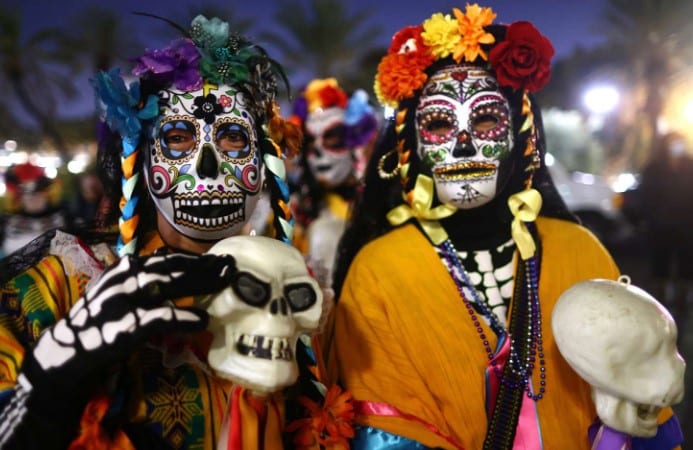
Día de los Muertos is perhaps the most famous cultural festival in Mexico. Celebrated on November 1st and 2nd, this festival honors the deceased with colorful altars, offerings of food, and vibrant parades.
It’s a time when families come together to remember their loved ones and celebrate life. The festival is most famously celebrated in Oaxaca and Mexico City, where you can witness elaborate altars and participate in lively processions.
Día de los Muertos, or Day of the Dead, is one of Mexico’s most cherished cultural festivals, observed on November 1st and 2nd to honor deceased loved ones.
Families create colorful altars adorned with marigolds, candles, and offerings of food, celebrating the lives of those who have passed.
Known for its vibrant parades and symbolic decorations, the festival is celebrated most prominently in Oaxaca and Mexico City, where visitors can experience elaborate altars, traditional music, and lively processions that bring the streets to life.
Benefits of Attending:
- Cultural Immersion: Gain insight into Mexico’s unique approach to death and remembrance. Unlike other cultures where death is often feared, in Mexico, it’s celebrated as a natural part of life. The altars (ofrendas) are beautifully decorated with marigold flowers, candles, and photos of the deceased, creating a vibrant yet poignant atmosphere.
- Festive Atmosphere: Experience traditional music, dance, and food that are integral to the festival. The streets come alive with colorful costumes, skeleton masks, and face painting, offering a unique and festive environment that is both joyous and reflective.
- UNESCO Recognition: Participate in a cultural event that has been recognized by UNESCO as Intangible Cultural Heritage, highlighting its significance and the global recognition of its importance.
Guelaguetza Festival
The Guelaguetza Festival, held in Oaxaca, is a vibrant celebration of indigenous cultures. Taking place in July, this festival features traditional dances, music, and costumes from various indigenous groups in the region.
The festival’s highlight is the presentation of dances that showcase the rich cultural diversity of Oaxaca.
Benefits of Attending:
- Cultural Diversity: Discover the cultural diversity of Oaxaca through its indigenous communities. Each group brings its own unique traditions, music, and dances, making the Guelaguetza a vibrant tapestry of cultures.
- Authentic Performances: Enjoy traditional music and dance performances that have been passed down through generations. The performances are not just entertainment but a deep expression of the communities’ identity and heritage.
- Local Crafts and Cuisine: Sample local cuisine and crafts from various indigenous groups. The festival is also a showcase for Oaxaca’s famous cuisine, including mole, tlayudas, and mezcal, as well as its vibrant crafts like pottery, textiles, and wood carvings.
Cervantino International Festival

The Cervantino International Festival, held in Guanajuato every October, is one of the most important cultural events in Latin America.
This festival celebrates the arts, featuring performances in music, theater, dance, and visual arts from both Mexican and international artists.
It’s a must-visit for art enthusiasts and those looking to experience a fusion of traditional and contemporary culture.
Benefits of Attending:
- Artistic Diversity: Experience a diverse range of artistic performances in a historic setting. The festival brings together artists from around the world, offering a unique opportunity to experience global art in the heart of Mexico.
- Engagement with Artists: Engage with artists and cultural enthusiasts from around the world. The festival includes workshops, talks, and interactive sessions, allowing you to dive deeper into the creative process.
- Historic Guanajuato: Explore the beautiful city of Guanajuato, a UNESCO World Heritage site. The city’s colonial architecture, narrow streets, and vibrant atmosphere provide a stunning backdrop to the festival’s events.
Cinco de Mayo in Puebla
Cinco de Mayo, celebrated on May 5th, commemorates the Mexican army’s victory over French forces at the Battle of Puebla.
The most vibrant celebrations take place in Puebla, where the battle occurred. The city hosts parades, reenactments, and cultural events that honor this historic victory.
Benefits of Attending:
- Historical Significance: Learn about an important event in Mexican history. Cinco de Mayo is more than just a celebration; it’s a commemoration of Mexico’s resilience and fight for independence.
- Vibrant Parades: Enjoy colorful parades, traditional music, and local cuisine. The streets of Puebla are filled with festive activities, including military reenactments, folkloric dancing, and mariachi performances.
- Explore Puebla: Explore the historic city of Puebla, known for its colonial architecture and vibrant culture. Puebla is also famous for its culinary delights, such as mole poblano, and its stunning talavera pottery.
La Morisma
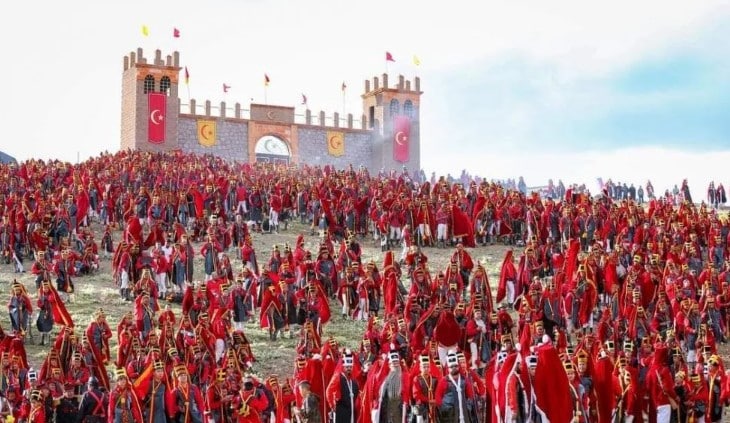
La Morisma is a unique festival held in Zacatecas that reenacts the battles between Moors and Christians during the Reconquista.
Taking place in late August, this festival features dramatic reenactments, traditional music, and dance performances. It’s a fascinating event that showcases the historical and cultural ties between Spain and Mexico.
Benefits of Attending:
- Dramatic Reenactments: Witness a dramatic reenactment of historical battles with elaborate costumes and performances. The festival involves thousands of participants, making it one of the largest and most impressive reenactments in Mexico.
- Cultural Fusion: Explore the cultural heritage of Zacatecas, a city known for its silver mines and colonial architecture. La Morisma reflects the historical ties between Spain and Mexico, blending elements of both cultures.
- Unique Festival Experience: Enjoy a unique festival that blends history and culture in an engaging way. The event is not just a reenactment but a celebration of Zacatecas’ identity and its role in Mexican history.
You can also read : Master French Cuisine with Cooking Classes in Paris
Where to Buy Tickets and How to Plan Your Visit
When planning to attend these cultural festivals, it’s essential to book your tickets and accommodations in advance, especially for popular events like Día de los Muertos and the Cervantino International Festival.
You can purchase tickets through official festival websites or travel agencies that offer festival packages.
How to Buy Tickets
Tickets for most festivals can be purchased online through the official festival websites. Some festivals, like the Guelaguetza, offer tickets for specific events or performances. It’s advisable to buy tickets early, as they often sell out quickly.
- Día de los Muertos: Tickets are generally not required for public events, but guided tours and special events may require reservations.
- Guelaguetza Festival: Purchase tickets through the official Guelaguetza website or authorized vendors.
- Cervantino International Festival: Tickets for performances can be purchased through the official Cervantino website or at the event venues.
- Cinco de Mayo in Puebla: Most events are free to the public, but some special performances may require tickets.
- La Morisma: Admission is usually free, but it’s best to arrive early to secure a good viewing spot.
Where to Stay
When attending these festivals, consider staying in hotels or guesthouses close to the event locations.
Many cities offer special packages that include accommodations and festival tickets. Websites like Expedia, Booking.com, and Airbnb are great resources for finding accommodations that suit your budget and preferences.
- Oaxaca: Stay in the historic center for easy access to Guelaguetza events.
- Guanajuato: Choose accommodations near the main square to be close to Cervantino Festival venues.
- Puebla: The city’s historic center offers a range of hotels within walking distance of Cinco de Mayo events.
- Zacatecas: Stay near the cathedral to be close to La Morisma activities.
You can also read : Book Oktoberfest Tours in Germany: Celebrate with the Best
Comparison of Festival Experiences
Each festival in Mexico offers a unique experience, and choosing the right one depends on your interests.
- Día de los Muertos: Ideal for those interested in traditional Mexican customs and family-oriented celebrations. This festival is deeply personal and spiritual, focusing on honoring the deceased and celebrating life. It’s perfect for those who want to experience Mexico’s rich traditions in a vibrant, community-focused setting.
- Guelaguetza Festival: Perfect for cultural enthusiasts who want to explore indigenous traditions and diverse cultural expressions. This festival is a celebration of Oaxaca’s indigenous heritage, offering a unique opportunity to experience the music, dance, and traditions of various indigenous groups.
- Cervantino International Festival: Best suited for art lovers and those interested in a mix of traditional and contemporary culture. This festival is a global event, attracting artists from around the world and offering a diverse range of performances, from classical music to avant-garde theater.
- Cinco de Mayo: Great for history buffs and those looking to experience patriotic celebrations in a vibrant city. This festival is a celebration of Mexican pride and history, with parades, reenactments, and cultural events that highlight Mexico’s fight for independence.
- La Morisma: Ideal for those fascinated by historical reenactments and cultural fusion events. This festival is a unique blend of history and culture, offering a dramatic portrayal of the battles between Moors and Christians and highlighting the historical ties between Spain and Mexico.
You can also read : Japanese Tea Ceremony: A Cultural Experience in Tradition
FAQs
1. What are the best cultural festivals to visit in Mexico? The best cultural festivals in Mexico include Día de los Muertos, Guelaguetza Festival, Cervantino International Festival, Cinco de Mayo in Puebla, and La Morisma. These festivals offer a diverse range of experiences, from traditional indigenous celebrations to modern cultural events, each showcasing the rich heritage of Mexico.
2. How can I purchase tickets for these festivals? Tickets can be purchased through official festival websites or travel agencies that offer festival packages. It’s advisable to book early to secure your spot, as many of these festivals are popular and can sell out quickly. For detailed information on where to buy tickets, visit the official websites of each festival.
3. What should I wear to these festivals? Comfortable clothing and footwear are recommended, as many festivals involve walking and standing for long periods. Traditional Mexican attire is also welcome, especially for Día de los Muertos, where face painting and traditional dress are part of the celebration. Be sure to check the weather forecast and pack accordingly, as some festivals take place outdoors.
